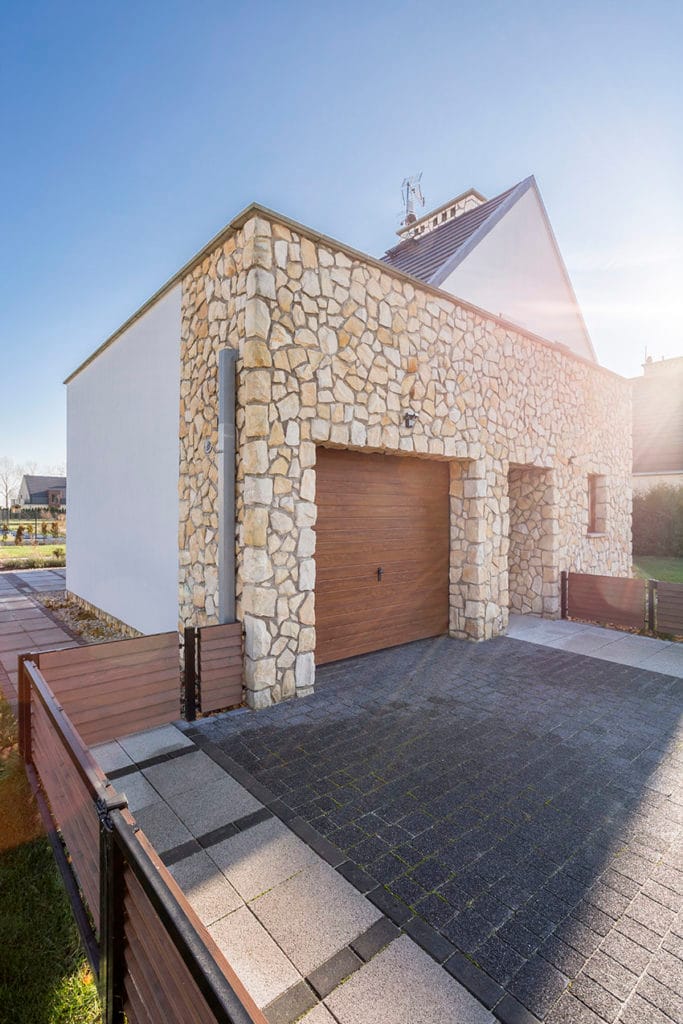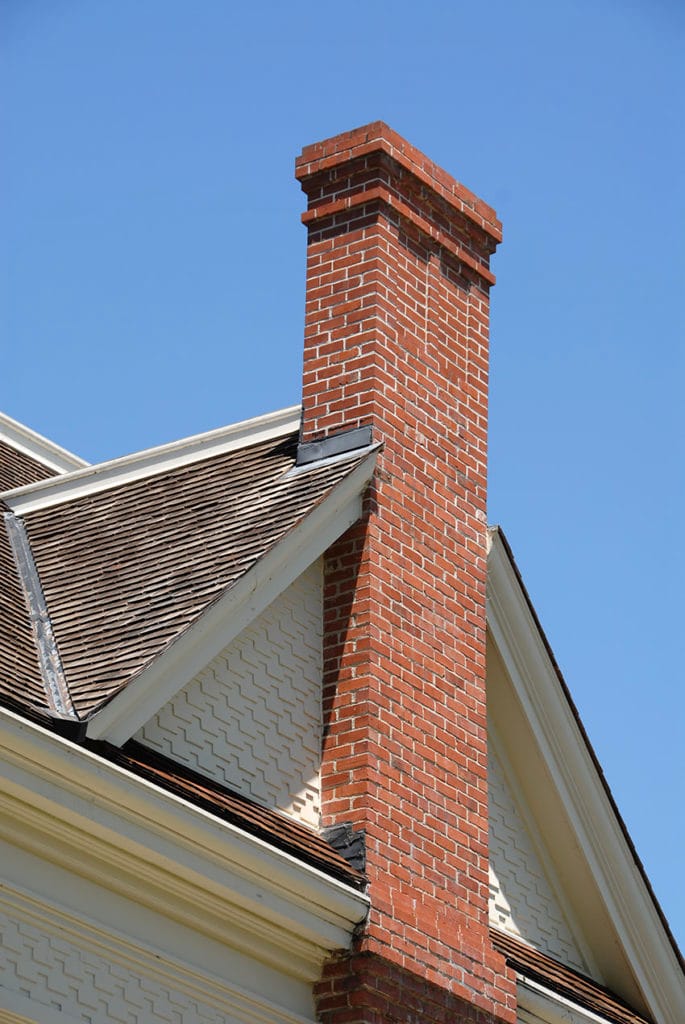Concrete is the world’s most popular building material, known for its strength, reliability, and ability to withstand extreme weather conditions. Despite its properties, concrete can fall victim to a phenomenon called “concrete scaling”. It is basically the flaking or peeling off of the surface of the concrete that could leave it vulnerable and affect its structural integrity. Flaking occurs due to a variety of reasons, which makes it important for you to be aware of how to prevent it. Preventative steps also include ordering concrete mix delivery from reliable suppliers. Let’s take a look at what concrete scaling entails and why it should be prevented.
What Causes Concrete Scaling?
Concrete scaling is a common phenomenon across the globe. Since concrete is used to build commercial buildings, structures, and highways, etc., it is important for contractors to be mentally prepared to deal with it. In most cases, concrete scaling is caused due to environmental and material factors.
When scaling or flaking occurs, the top layer of concrete peels or chips away. In cold regions, this usually happens due to freeze-thaw cycles. This is why it is always recommended to follow the best concrete manufacturing techniques and utilize the best-quality concrete and mixing processes.
Exposure To Freeze-Thaw Cycles
Exposure to freeze-thaw cycles has a significant impact on the structural integrity of the concrete. The surface of the concrete endures the most as it deals with dirt, dust, and extreme temperatures. That said, the repeated alternation between freezing and thawing temperatures causes physical stress and damage.
The constant freeze-thaw cycle causes water inside the concrete to freeze and expand, then thaw and contract. This repeated expansion and contraction accumulates pressures inside the concrete, which eventually leads to cracks. If the process has been taking place for a while, it will lead to surface cracking and scaling.
This can ultimately cause significant damage to the concrete and even reduce its strength. To avoid such situations, you should use air-entrained concrete that withstands expansion and contraction by using tiny air bubbles. At the same time, proper sealing and curing techniques also help reduce the chances of moisture penetrating the concrete.
Application Of Deicing Chemicals
The application of deicing chemicals may help with melting ice from the concrete surface, but it has its disadvantages as well. These chemicals often lead to soil erosion and scaling. Most of the deicing chemicals out there contain chloride that penetrates the concrete surface and causes scaling and deterioration.
As a result, the deterioration weakens both the surface and structure of the concrete. This is why experts suggest using deicing chemicals as little as possible. If there is a problem with ice accumulation on the concrete surface, you should try other methods or chemicals that are concrete-friendly.
Poor Curing Practices
Concrete relies heavily on curing to maintain its strength and structural integrity. This is achieved by experts using proper curing techniques and allowing enough time for the moisture to escape. When pouring concrete, it is important to check the weather forecast.
Concrete should not be poured in wet or extremely cold conditions. The reason is that it will take a lot of time to cure, and moisture will make its way inside the concrete by then, which will make it even more risky. At the same time, if the sun is out and the weather is extremely hot, you will need to be quick with the pouring and application process.
These factors appear small, but they have a direct and huge impact on the quality of the concrete. This is why it is always recommended to opt for an expert or a well-known company to supply you with concrete, as they are able to prevent moisture and provide proper curing durations based on environmental conditions.
Improper Finishing Techniques
Concrete surfaces need to be properly and thoroughly finished to ensure there are no gaps for air or moisture to penetrate. This is why you might have come across experts spending a lot of time and effort ensuring the finished concrete surface is perfect.
Inadequate finishing techniques are often a result of improper methods to smooth the concrete surface, which only leads to weaknesses and vulnerabilities. Poor finishing results in the finish being too smooth or too rough. This can change and lower the concrete’s ability to resist scaling.
The problem with inadequate finishing is that the surface of the concrete does not bond well with the layers that follow. This not only leads to flaking or peeling but also leaves the concrete vulnerable. To avoid such a situation, it is important to utilize proper finishing techniques such as texturing and troweling to ensure the surface is neither too wet nor too dry.
Use Of Low-Quality Concrete Mixes
Concrete requires high-quality mixes to withstand the test of decades. Some clients or concrete supplying companies, in order to bring down the costs, use low-quality concrete mixes that affect the durability, strength, and resistance to environmental factors.
Countries or states that employ strict quality regulations require manufacturers and contractors to only use high-quality concrete mixes. These mixes are studied and new advancements are made to further add or improve concrete properties. So, only work with concrete suppliers Silver Spring who are reputable and known to follow the state’s codes and regulations.
How To Prevent Concrete Scaling?
For preventing concrete scaling, experts suggest using a high-quality concrete mix with proper air-entrainment. This will keep the concrete from cracking due to moisture within the concrete. Regions where temperatures are not consistent and fluctuate tend to be the most vulnerable areas for concrete.
Once the concrete has been poured, proper sealants, finishing, and curing techniques should also be deployed to make sure there aren’t any gaps or shortcomings. This is only possible if you were to entrust an expert or a company that is licensed and authorized by the state. This way, you will be sure that the quality of the concrete and the practices that follow are industry compliant.
What To Consider When Repairing Concrete Scaling?
When it comes to repairing a scaling or flaking concrete surface, the first thing that needs to be done is to remove the damaged surface layers. Depending on the situation, you may have to put in a bit of effort and time until the layer underneath is revealed.
Next, you will need to prepare the surface by using a patching compound or resurface that is specifically designed for scaling repair. Follow the manufacturer’s instructions to properly mix and apply. Allow the new surface sufficient time to properly cure and apply a high-quality sealant to protect it from further damage.
In addition to that, you should also perform regular inspections and maintenance to keep the concrete surface looking new and strong. Sometimes, small gaps or cracks can allow moisture and air to enter, eventually turning bigger, but until then, the damage is done.
Conclusion
In the end, concrete scaling is avoidable. All it needs is the right practices, mixing, and curing techniques. Such problems only arise when contractors or manufacturers opt for cost-cutting techniques rather than quality. So, use the correct techniques and order ready mix concrete delivery Rockville for avoiding on-site mixing mistakes. Plus, keep a close eye on the processes to ensure your concrete withstands the test of time.


